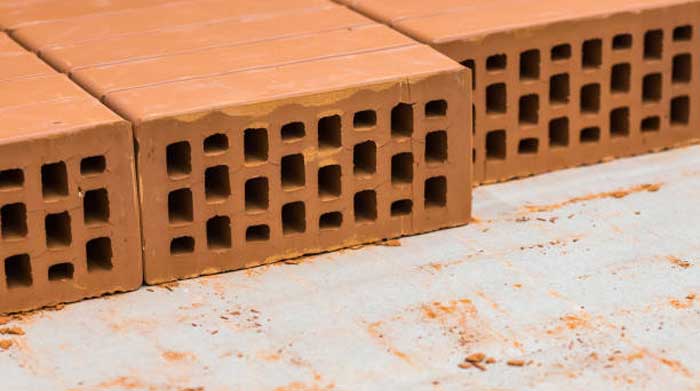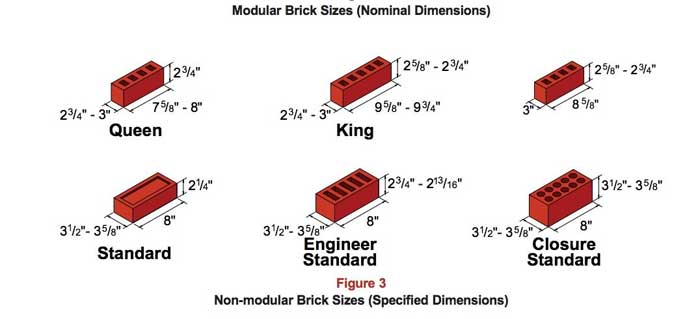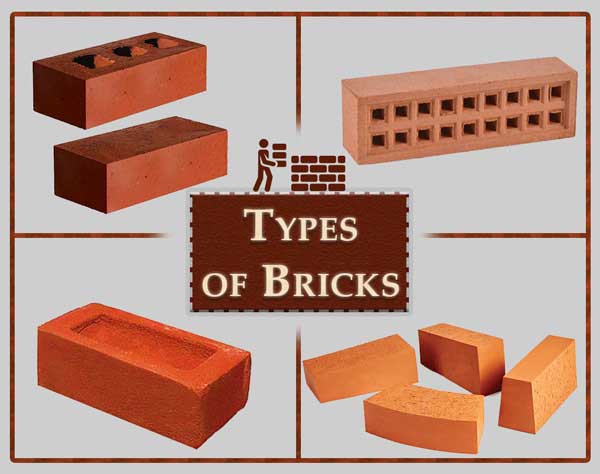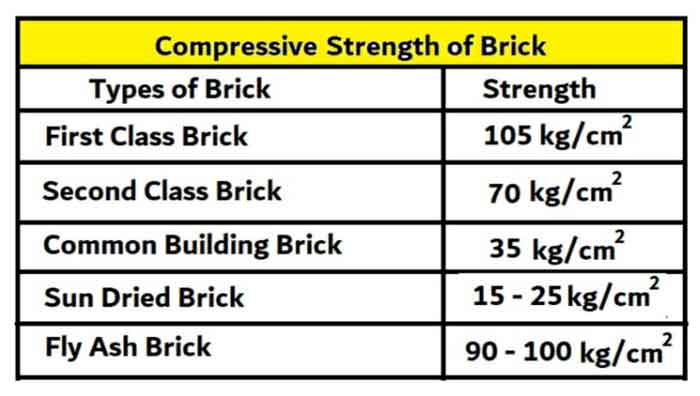There are many different types of bricks, and each has its unique size. There are also other types of bricks, such as those used for paving or landscaping, that can be much larger or smaller than this.
Let’s look at the standard brick size and some of the other available options.
What is the size of a Standard Brick?
It is 190 mm X 90 mm X 90 mm. This brick size is also known as a modular brick or a structural brick. The standard brick size is the most common brick size used in India. Besides this, other brick sizes are used in India such as the metric brick, the half-brick, and the jumbo brick.
Bricks of this size can be easily stacked and bonded together using mortar. This makes construction faster and easier. The standard brick size is also strong and durable, making it an ideal choice for both residential and commercial construction.
Read about main gate pillar design here for your reference.
In regions where earthquakes are common, builders use other types of bricks that are more flexible and can withstand seismic forces.
Non-Modular Bricks
The size of the non-modular bricks is generally bigger than modular ones. The average length of a non-modular brick is about 15cm. In terms of weight, non-modular bricks are much heavier than modular ones, with an average weight of about 3kg.
There are several types of non-modular bricks, including fired clay bricks, concrete bricks, and sandstone bricks. Fired clay bricks are made from clay that has been heated in a kiln. Concrete bricks are made from a mixture of cement, sand, and coarse aggregate.
The main disadvantage of non-modular bricks is that they are quite heavy and difficult to work with. They also require a lot of mortar, which can be expensive.
Conventional Brick Size
The standard size for a conventional brick is 8 inches long by 4 inches wide by 2 1/2 inches thick. There are also half-size bricks, which are 4 inches long by 2 inches wide by 2 1/2 inches thick.
Consider reading: curing brick walls here
Other sizes include Jumbo and King Size bricks, which are 9 inches long by 4 3/4 inches wide by 2 3/4 inches thick, and Queen Size bricks, which are 7 5/8 inches long by 2 5/8 inches wide by 2 5/8 inches thick.
What are the Different Types of Bricks?
There are several types of bricks available in the market, each with its advantages and disadvantages.
- Clay Bricks: Clay bricks are made from clay and water. Clay bricks are strong and durable, but they are susceptible to weathering and can be damaged by freezing temperatures. Consider reading about pastering work here as well.
- Concrete Bricks: Concrete bricks are made from concrete, sand, and water. They are stronger than clay bricks and are not susceptible to weathering. Concrete bricks are also less likely to be damaged by freezing temperatures. However, concrete bricks are more difficult to work with and require special tools and equipment for installation.
- Fly ash bricks are lighter than other types of bricks and have better-insulating properties. However, fly ash bricks are not as strong as clay or concrete bricks and can be damaged by high winds.
- Sand-Lime Bricks are stronger than fly ash bricks but have lower insulating properties. Sand-lime bricks are also more susceptible to damage from high winds.
- Autoclaved Aerated Concrete Bricks: Autoclaved aerated concrete bricks are made from a mixture of cement, sand, water, and a foaming agent. These bricks are strong and lightweight with good insulating properties. However, they are more expensive than other types of bricks and require special tools and equipment for installation.
Have a look at the best cement in india you should consider while getting construction work done.
Note on Compressive Strength of Brick
The compressive strength of a brick is given by the ratio of the maximum load applied to the brick to the cross-sectional area of the brick. Compressive strength is determined by applying force to material until it fails. The point at which the material fails is known as compressive strength.
Bricks are commonly used in construction because they are strong and durable. The compressive strength of brick depends on the type of clay used to make the brick, as well as the firing temperature.
Different types of bricks have different compressive strengths. For example, a common type of brick used in construction, called fired clay brick, has a compressive strength of about 2,500 psi.
Have a llok at modern brick parapet wall designs here.
In general, the compressive strength of brick increases as the firing temperature increases. For example, brick that has been fired at a higher temperature may have a compressive strength of 4,000 psi. Brick with a compressive strength of 2,000 psi or less is not suitable for use in construction.
Benefits of Using Standard Size Brick
There are many benefits of using standard-size bricks when compared to other types of bricks. Masons can lay them more quickly and accurately, which can save time and money on a construction project.
Also read about thermal insulation for home here.
Another benefit of using standard-size bricks is that they offer more structural support than other types of bricks. This is because each brick is the same size, so they fit together tightly and evenly. This provides a stronger foundation for buildings, which can help to protect against damage from weather or other external forces.
Standard size bricks also tend to be more affordable than other types of bricks, making them a good option for those working with a tight budget. In addition, they are widely available from brick suppliers, so it is usually easy to find the quantities that you need for your project.
Consider Reading:
Conclusion
There are many different types of bricks, each with its own unique set of properties. Standard-size bricks are a good option for construction projects because they are easy to work with, offer more structural support, and are more affordable than other types of bricks.
When choosing bricks for your project, be sure to consider the type of brick, the compressive strength, and the firing temperature to ensure that you select the best option for your needs.
Also read how to reduce construction cost in india.



The strength and the size of the bricks are the most important factors to consider. One should never neglect the quality either. Thanks for highlighting it.